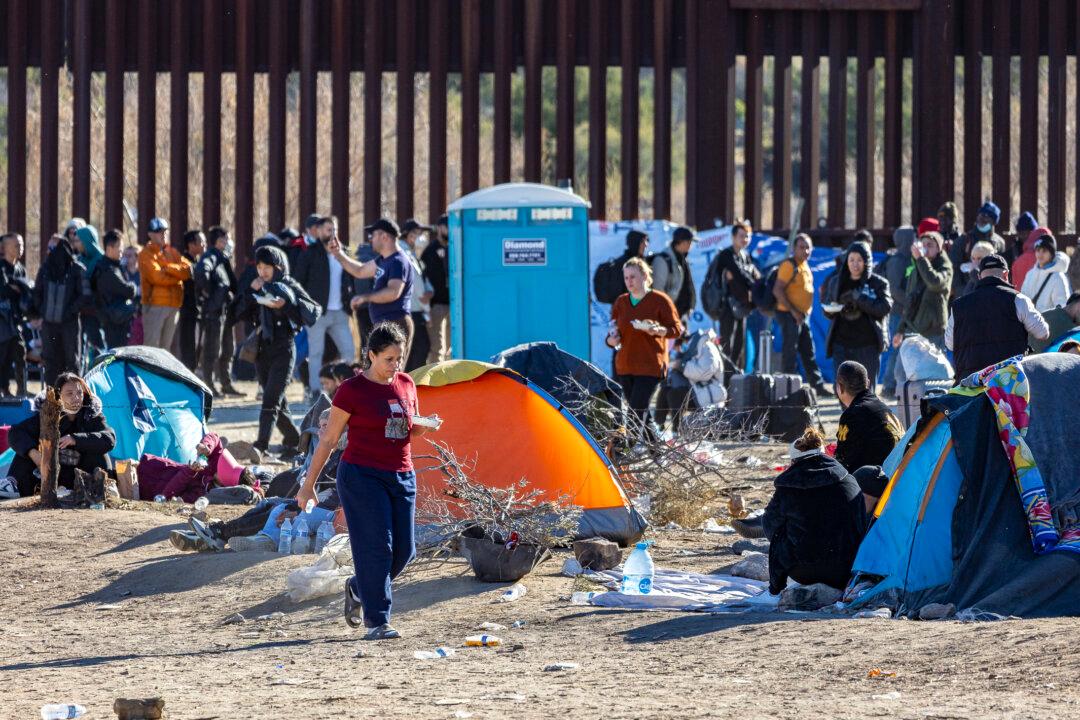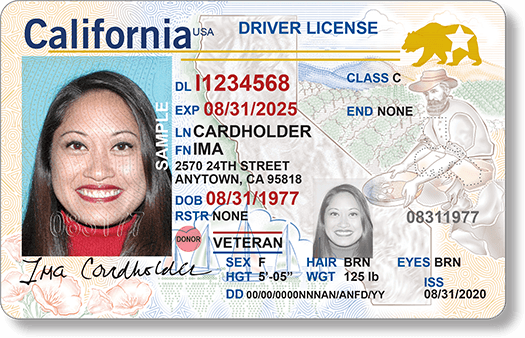Households that are headed by illegal immigrants and have U.S.-born children are more likely to use welfare than are homes led by U.S.-born individuals, according to a recent report by the Center for Immigration Studies (CIS).
At least 59.4 percent of illegal immigrant-led homes use one or more welfare programs, compared with 39 percent of households headed by people born in the United States, according to the Dec. 19 report.





